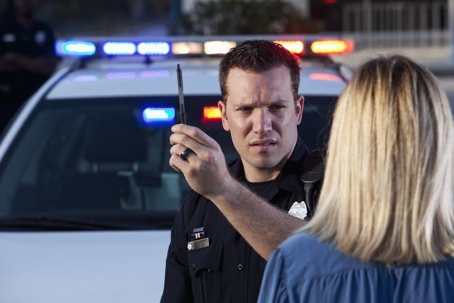Ever since the 1970s, law enforcement officers in the United States have administered field sobriety tests (FSTs) in order to determine whether or not drivers are too intoxicated to operate their vehicles. The results of these tests—the walk-and-turn, horizontal gaze nystagmus, and the one-leg stand—are typically used to establish probable cause for a DUI arrest.
Yet, these tests are heavily based on the subjective judgment of the police officer—which brings into question the reliability of FSTs. In fact, FSTs have little to no scientific basis whatsoever.
The Accuracy of Field Sobriety Tests
The NHTSA performed a variety of studies where law enforcement officers gave FSTs to subjects with different BAC levels. Officers were tested to see how they could properly identify an individual with a BAC of .1% or higher.
The following are the results of the tests conducted by the NHTSA:
- One-leg stand had a 65 percent accuracy rate
- Walk-and-turn had a 68 percent accuracy rate
- Horizontal gaze nystagmus had a 77 percent accuracy rate
- All three used together had an 82 percent accuracy rate
Research indicates that police officers are not able to reliably determine which drivers are intoxicated and which ones are not. Furthermore, officers fail to instruct and interpret the tests correctly. When tests are not administered in a correct manner, they may be excluded in a trial as evidence.
Remember, you have the right to refuse to take an FST if an officer asks during a DUI stop.
If you have been arrested for a DUI in Oklahoma, schedule a free meeting with our Norman criminal defense lawyer at the Law Offices of Keith J. Nedwick, P.C. today.

